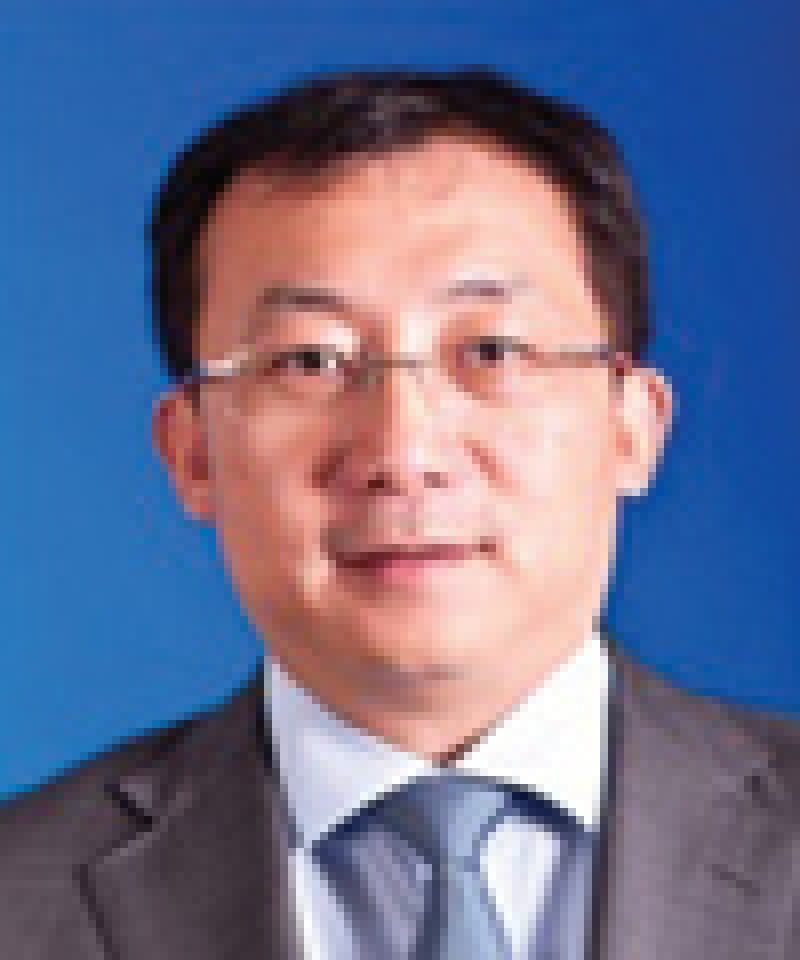
|

|
|
Khoonming Ho |
Lewis Lu |
On December 29 2015, the State Administration of Taxation released Announcement [2015] No 97 (Announcement 97) to provide more detailed implementation standards in respect of Cai Shui [2015] No119 (Circular 119) which is the most important regulatory change to the R&D super deduction in years.
The key implementation standards of Announcement 97 can be summarised in the following aspects:
Enhance and limit the scope of claimable activities and expenses
R&D staff, technical staff and supporting staff can be involved as R&D personnel, while logistics staff are excluded from the R&D activity loop if they are not directly involved in R&D activities and cannot be claimed under the 150% super deduction.
The eligible depreciation expense related to equipment or devices used for R&D activities can be claimed for super deduction purposes if the accounting treatment has been followed, and in such a case the relevant depreciation amount is to be capped at the allowable amount deductible from a tax perspective.
Companies need to record and track the usage and activity information for relevant equipment, intangible assets and personnel not fully engaged in the R&D activity.
The calculation method to determine upper limit of 'other related R&D expenses'.
Any income/revenue gained from selling scraps, faulty, trial products and so on shall be used to offset the eligible R&D expense for super deduction purpose.
The material cost related to the R&D activities whose output results in 'final products' or parts of final products shall not be counted as an eligible R&D expense.
Items shall not be claimed as eligible expense for R&D super deduction purpose.
Super deduction criteria for entrusted R&D projects.
Whether the company falls into the negative list of industries depends on its principal business.
Compliance documentation requirements
Auxiliary accounts for R&D expenses shall be established for later validation when the R&D projects are set up.
Validation/audit review will be carried out after the annual corporate income tax filing period which will cover 20% of all R&D super deduction applications.
The rapid release of regulatory announcements by Premier Li Keqiang's government authorities in respect of the 150% super deduction in the past three months reflects the government's focus on supporting Chinese companies to develop new knowledge and improve products and processes.
Circular 119 enhances the existing R&D incentive programme and should help China achieve its economic growth objectives if the local tax authorities adopt a fair and reasonable approach to compliance documentation. Announcement 97 clarifies some points of uncertainty associated with Circular 119, especially in relation to the effective date of the new provisions and around the scope of eligible activities and expenses.
Khoonming Ho (khoonming.ho@kpmg.com)
KPMG, China and Hong Kong SAR
Tel: +86 (10) 8508 7082
Lewis Lu (lewis.lu@kpmg.com)
KPMG, Central China
Tel: +86 (21) 2212 3421









